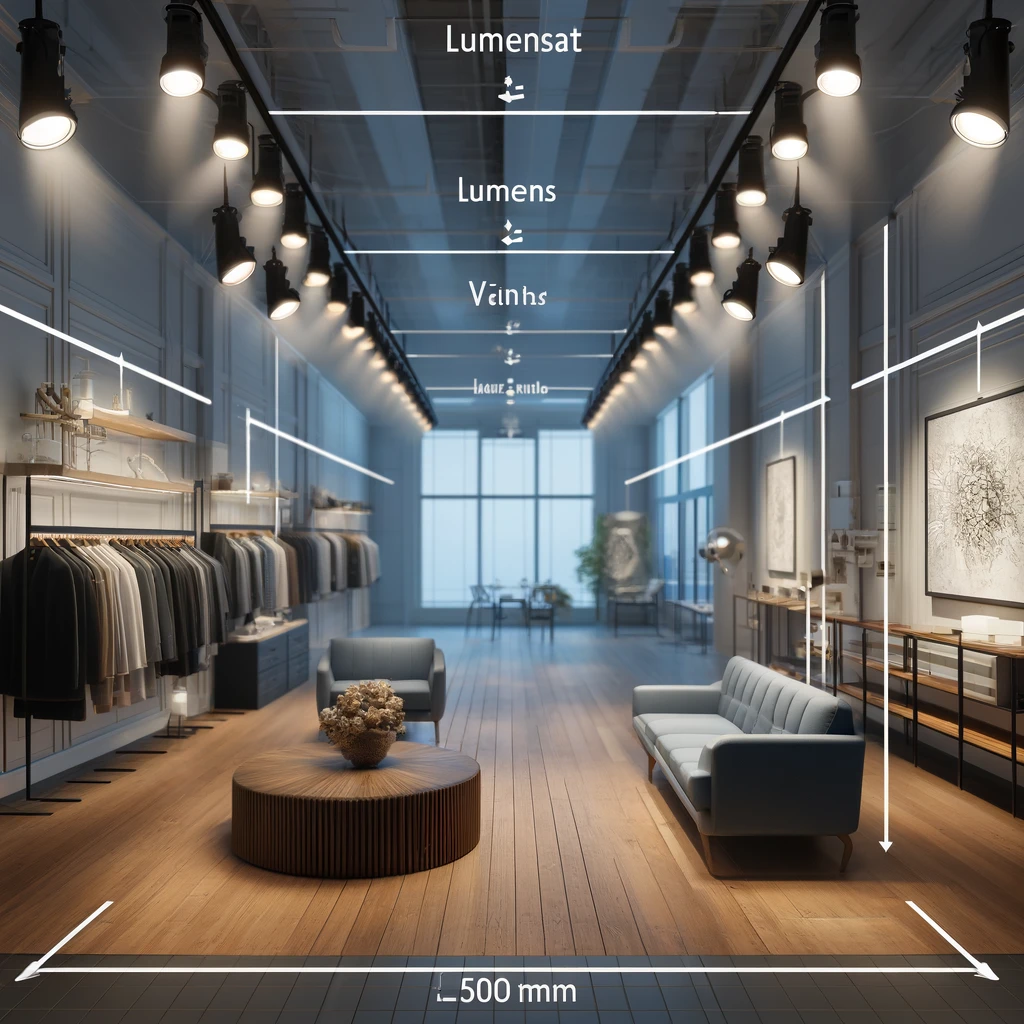Recent Posts
-
Installing Spotlights in Ceiling | Obals Expert Guide
Learn the expert steps and best practices for installing spotlights in your ceiling. Discover the benefits, tools needed, and tips for achieving a professional look.
06/21/2024
-
Warm White Versus Cool White | Expert Lighting Guide
Discover the differences between warm white and cool white lighting. Learn from industry experts about their applications, benefits, and how to choose the right color temperature for your space.
06/21/2024
-
Under Cabinet Lighting Kitchen | Expert Guide
Explore the benefits and best practices for installing under cabinet lighting in your kitchen. Learn from industry experts about types, installation tips, and design ideas to optimize your kitchen lighting.
06/20/2024
-
Screwfix LED Downlights | Expert Lighting Guide
Discover the advantages and best practices for installing Screwfix LED downlights. Learn from industry experts about their features, benefits, and tips for optimizing your lighting setup.
06/20/2024
-
Modern Lighting Factory | Expert Insights
Explore the advancements and benefits of modern lighting factories. Learn from industry experts about the latest technologies, manufacturing processes, and design trends in the lighting industry.
06/19/2024
-
Ceiling Spotlights LED | Expert Lighting Guide
Discover the benefits and best practices for installing LED ceiling spotlights. Learn from industry experts about the types, advantages, and design tips for optimizing your LED spotlight setup.
06/18/2024
Understanding the Conversion from 1000 Lumens to Watts
Understanding the Conversion from 1000 Lumens to Watts
As a lighting industry expert, I often address questions about the efficiency and energy consumption of lighting products. A common query is how many watts are equivalent to 1000 lumens. This article will clarify this conversion and discuss its relevance in selecting energy-efficient lighting.
What are Lumens and Watts?
Lumens measure the amount of light emitted by a source, so 1000 lumens quantify the brightness of the light. Watts, on the other hand, measure the power consumption of the light source. Understanding the relationship between these units is essential for gauging the energy efficiency of lighting products.
Converting 1000 Lumens to Watts
The conversion of lumens to watts is not a fixed ratio and varies based on the efficiency of the light source. Traditional incandescent bulbs, for example, are less efficient than LED bulbs. Here’s how 1000 lumens translate into watts for different types of bulbs:
Incandescent Bulbs: To produce 1000 lumens, an incandescent bulb would typically require about 70 watts.
Compact Fluorescent Lamps (CFLs): A CFL would need about 15-20 watts to emit 1000 lumens.
LED Bulbs: An LED might only use approximately 10-15 watts to provide 1000 lumens.
Importance of Lumens-to-Watts Conversion
Understanding the lumens-to-watts conversion helps consumers make informed decisions about their lighting choices. It highlights the energy efficiency of LED and CFL bulbs compared to traditional incandescent bulbs, emphasizing cost savings and environmental benefits.
Choosing the Right Lighting
When choosing lighting for any application, consider both lumens and watts:
Look for High Lumens with Low Wattage: This indicates a high-efficiency bulb that provides more light while consuming less energy.
Application-Specific Selection: Different spaces require different types and amounts of light. Prioritize products that meet the specific needs of the space while maintaining efficiency.
Consider Long-Term Savings: Energy-efficient bulbs, though sometimes more expensive initially, offer significant long-term savings through reduced utility bills.
Conclusion
Understanding how 1000 lumens convert to watts is crucial for anyone looking to optimize their lighting solutions for efficiency and cost-effectiveness. This knowledge not only helps in making environmentally friendly choices but also in achieving significant energy savings.

